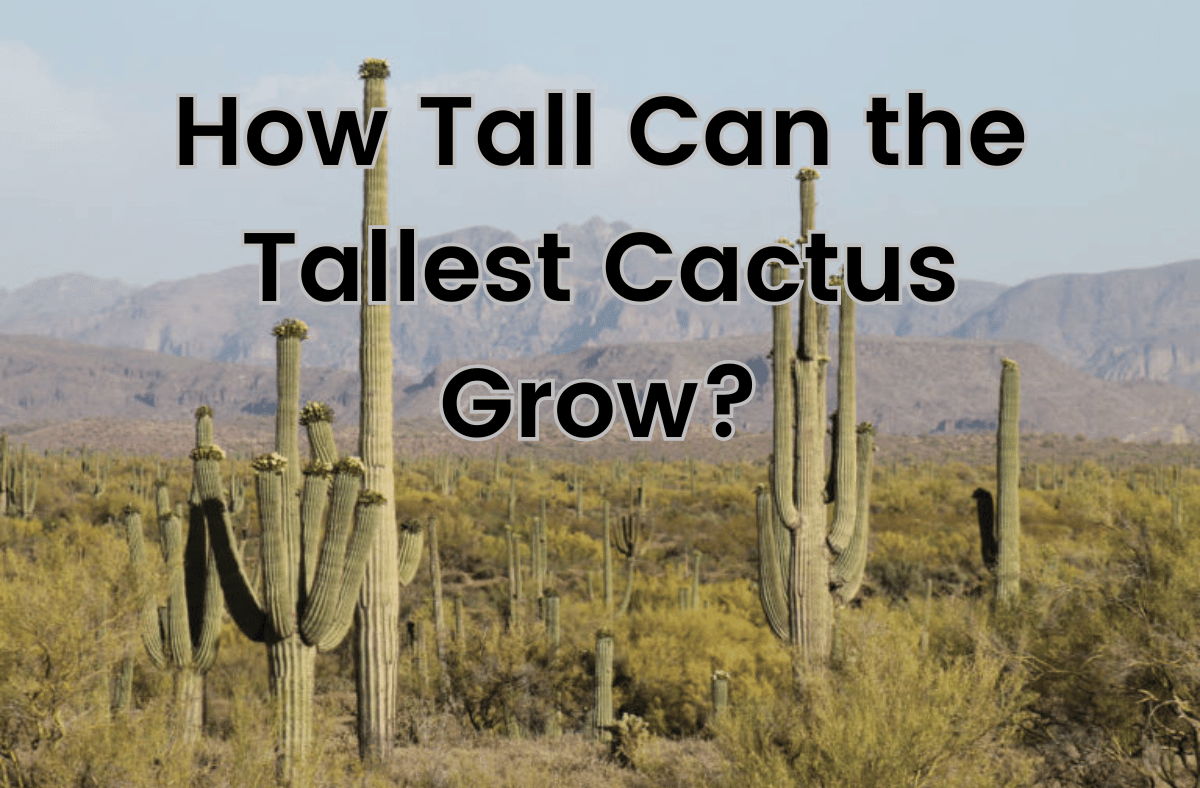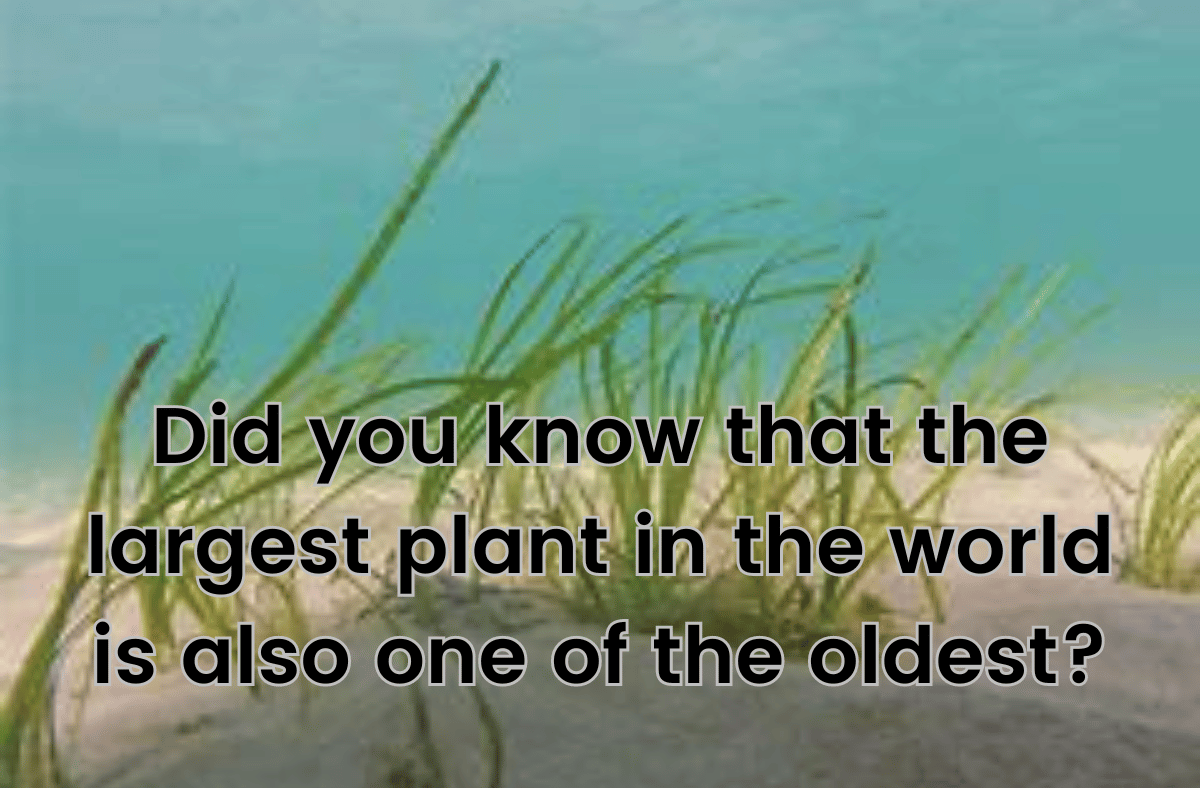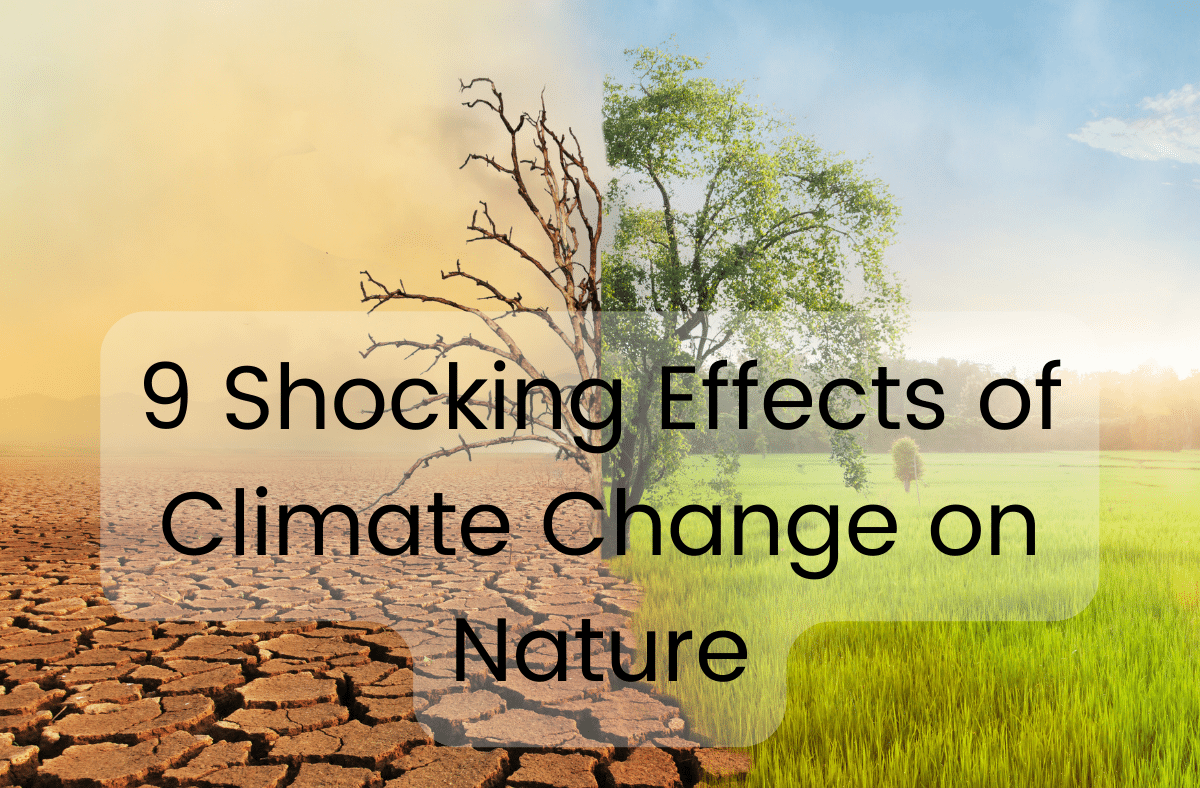Did you know that forests cover about 31% of Earth’s land surface? That’s almost one-third of the total area! Forests are not only beautiful and diverse, but also essential for life on Earth. In this blog post, we will explore some of the amazing benefits and functions of forests.
What are forests?
Forests are ecosystems that consist of trees and other plants, animals, fungi, and microorganisms. They can be classified into different types based on their climate, location, and species composition. Some of the major types of forests are:
- Tropical rainforests: These are found near the equator and have high temperatures and rainfall throughout the year. They are home to more than half of the world’s plant and animal species.
- Temperate forests: These are found in regions with moderate climates and distinct seasons. They have deciduous trees that shed their leaves in autumn and evergreen trees that keep their leaves all year round.
- Boreal forests: These are also known as taiga or coniferous forests. They are found in cold and snowy regions of the northern hemisphere. They have mostly needle-leaved trees that can withstand harsh winters.
- Dry forests: These are found in areas with low rainfall and high evaporation. They have drought-tolerant trees that can survive dry periods.
Why are forests important?
Forests provide many benefits and services to humans and the environment. Some of them are:
- Oxygen production: Forests produce oxygen through photosynthesis, which is the process of converting light energy into chemical energy. Oxygen is vital for breathing and cellular respiration.
- Carbon storage: Forests store carbon in their biomass, soil, and dead organic matter. Carbon is a greenhouse gas that contributes to global warming. By storing carbon, forests help regulate the climate and mitigate climate change.
- Water cycle: Forests influence the water cycle by intercepting precipitation, transpiring water vapor, and releasing water into streams and rivers. Forests help maintain water quality and quantity, prevent soil erosion and flooding, and recharge groundwater.
- Biodiversity: Forests host a rich variety of life forms, from microscopic bacteria to giant sequoias. Forests support genetic diversity, species diversity, and ecosystem diversity. Biodiversity is important for ecological balance, food security, medicine, and cultural values.
- Resources: Forests provide many resources that humans use for various purposes. These include wood, paper, fuel, food, medicine, fiber, resin, rubber, and more. Forests also offer recreational opportunities such as hiking, camping, wildlife watching, and ecotourism.
How can we protect forests?
Forests face many threats from human activities such as deforestation, logging, mining, agriculture, urbanization, pollution, invasive species, and climate change. These threats reduce forest cover, degrade forest quality, and endanger forest biodiversity. To protect forests, we need to take actions such as:
- Reducing our consumption of forest products and choosing sustainable alternatives
- Supporting forest conservation and restoration initiatives
- Practicing responsible forestry and land use management
- Raising awareness and educating others about the value of forests
- Advocating for forest-friendly policies and laws
Forests are the green lungs of our planet. They breathe life into our world and sustain us in many ways. Let’s appreciate them and protect them for ourselves and future generations.






















